New Photography at SVA Continuing Ed
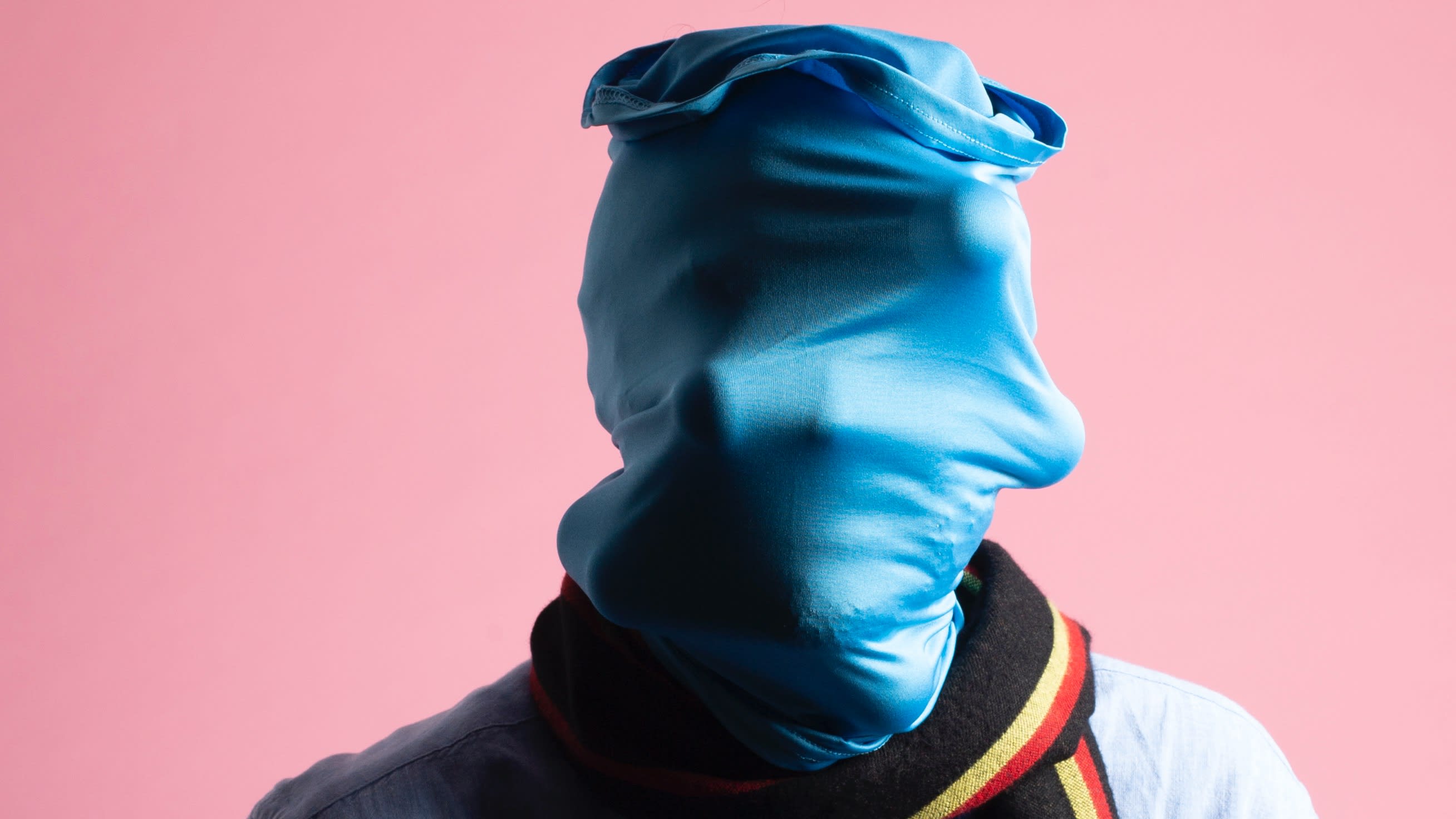
Andrew Wilkinson, Beauty Fashion Charm.
As Covid-19 followed us into the fall 2020 semester, and with many artistic spaces remaining closed, SVACE wanted to take a closer look at the courses in which performance plays a key role. How does the alternative studio act as a catalyst for performance in photography, and how has the artist’s work changed to accommodate this shift? We gathered insight from some of our photography faculty members and compiled an exceptional gallery of work to highlight the innovation in our students’ artistic practice during this time.
Elinor Carucci, Faculty, Photographing in Pandemic Times
“These days are days of fear, anxiety, sadness and tears, and days of financial and mental challenges. The coronavirus is a global threat, and so many aspects of our lives, a number of which we took for granted, are gone. Yet some days, I feel grateful for this forced, intense quality time. How profoundly it bonds us; the opportunity for long, deep conversations and revelations we would have never otherwise experienced. The necessity to profoundly know, love and protect each other. We must love and protect each other now—and we do.”
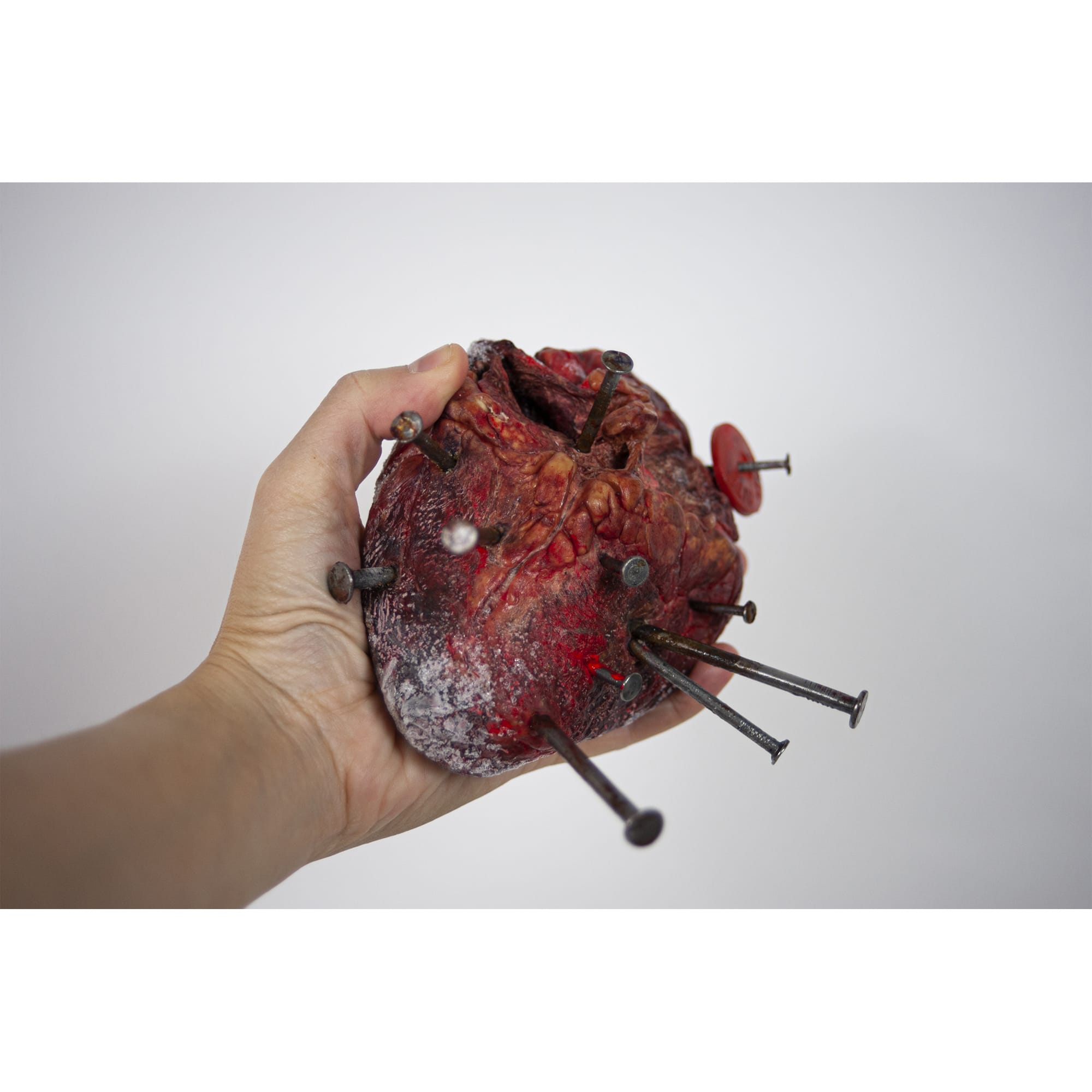
The Heart Is Naked, Alyson Wong
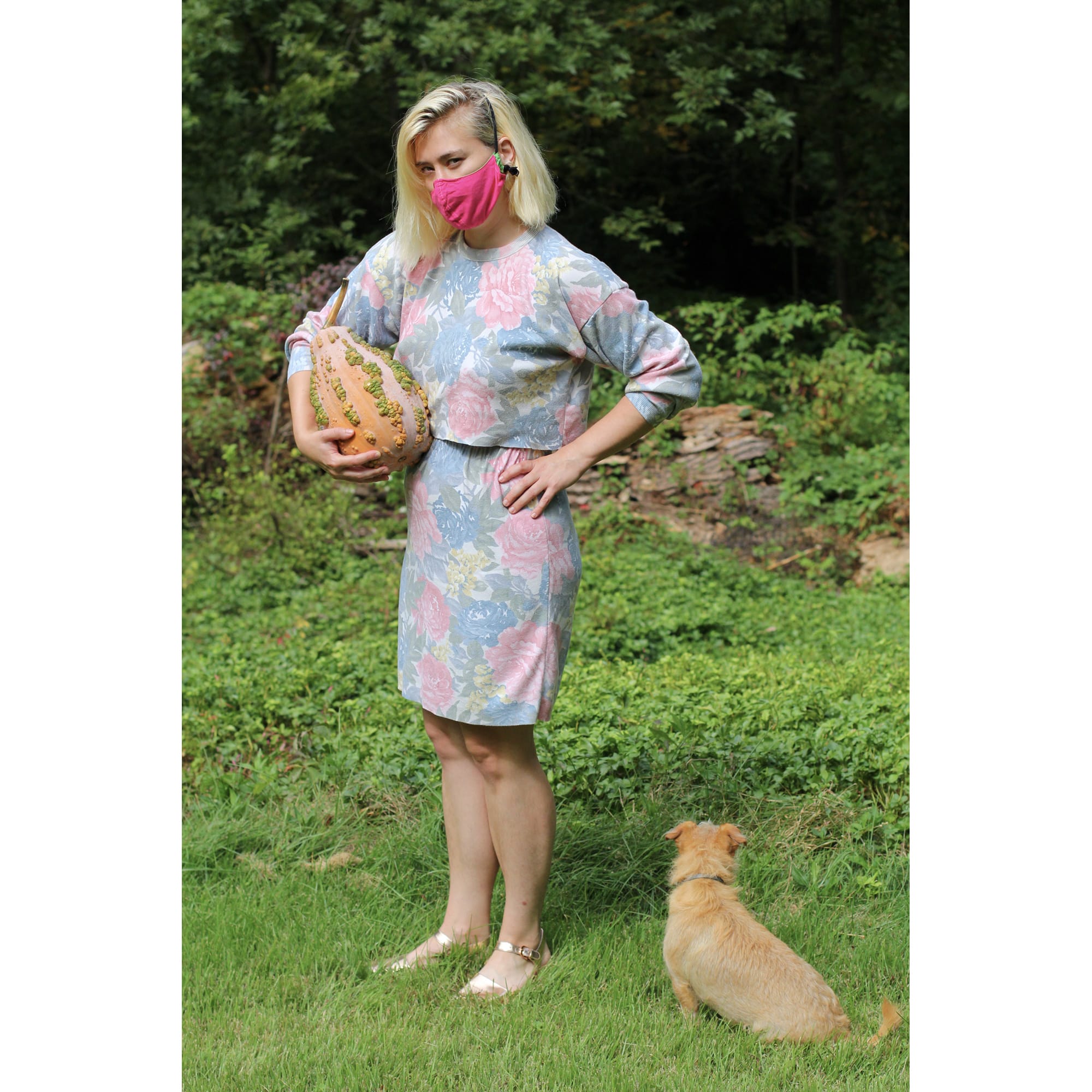
Emilyn and Morley Safer, Sammy Tunis
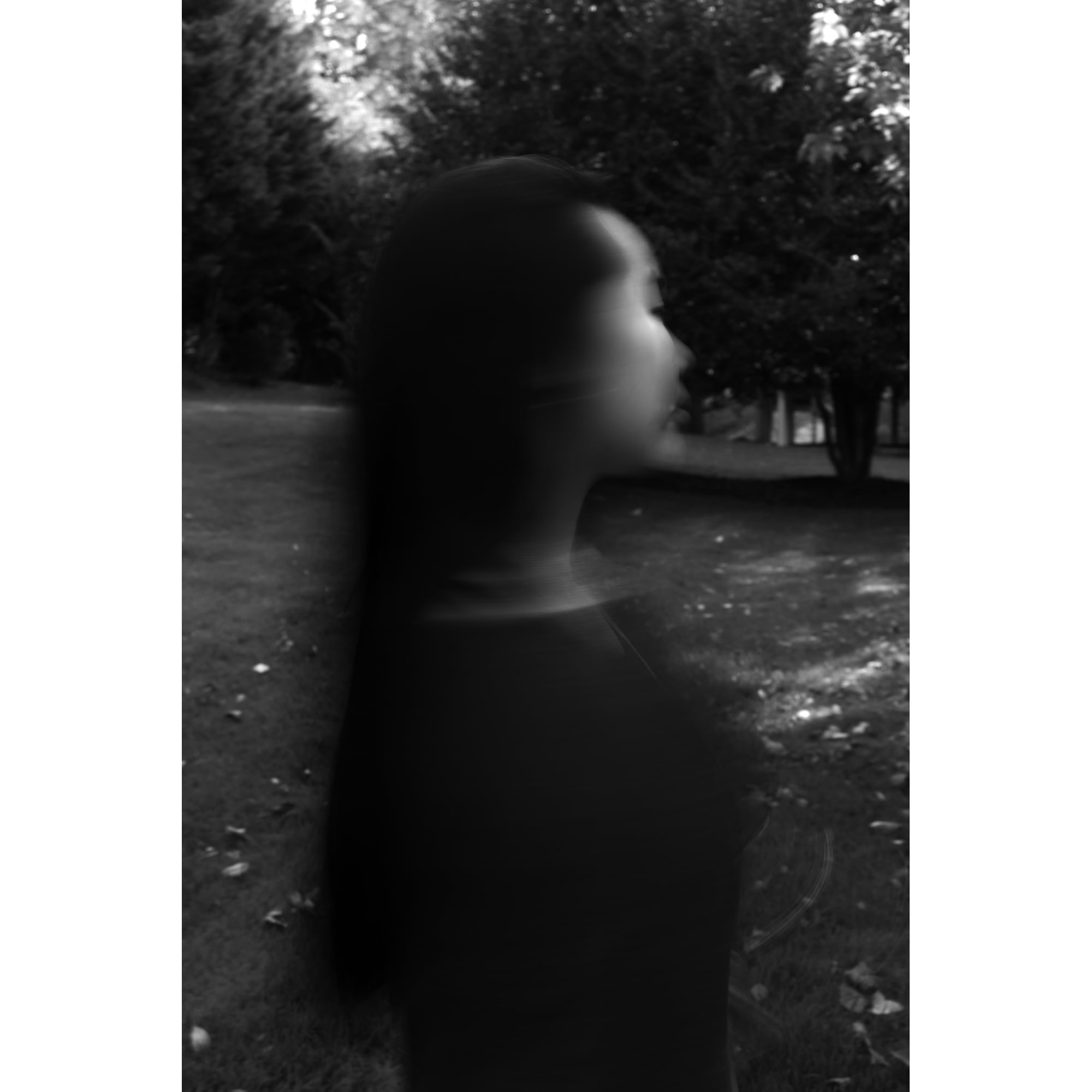
Mental Health, Elizabeth Kim

Beauty Fashion Charm, Andrew Wilkinson
Stacy Mehrfar, Faculty, Street
“One of the key concepts I speak about during class is the notion of making something from nothing. Today isolation is keenly felt on our streets, particularly in NYC, where we are used to navigating through crowds. The truth is, we never know what we will find when we head out. It may be cold, rainy, dark and desolate. Or we may be confronted with masked pedestrians shielding themselves with umbrellas. Both situations may be challenging; still we can make an emotive photograph.”
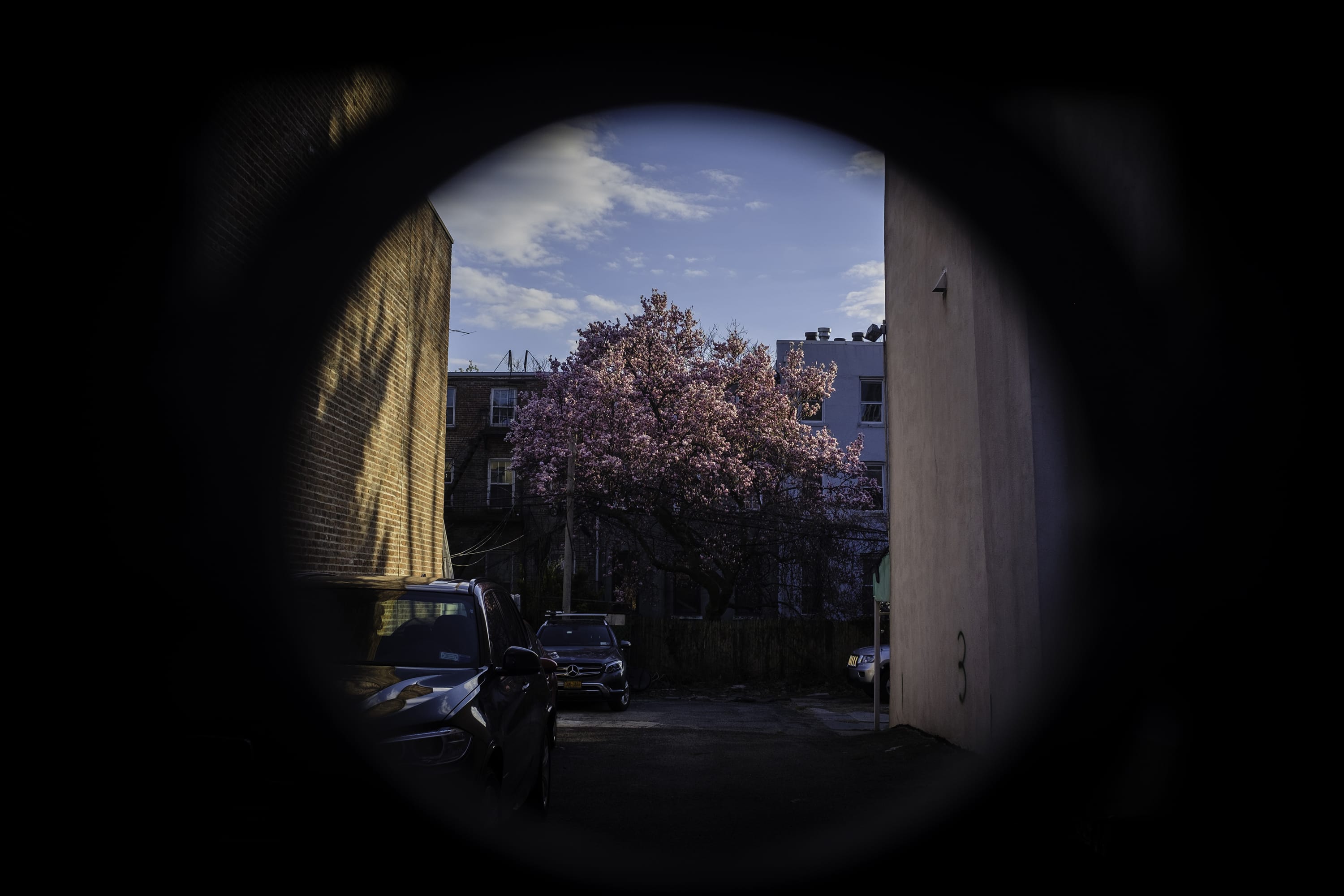
Blossom, Brad Johnson
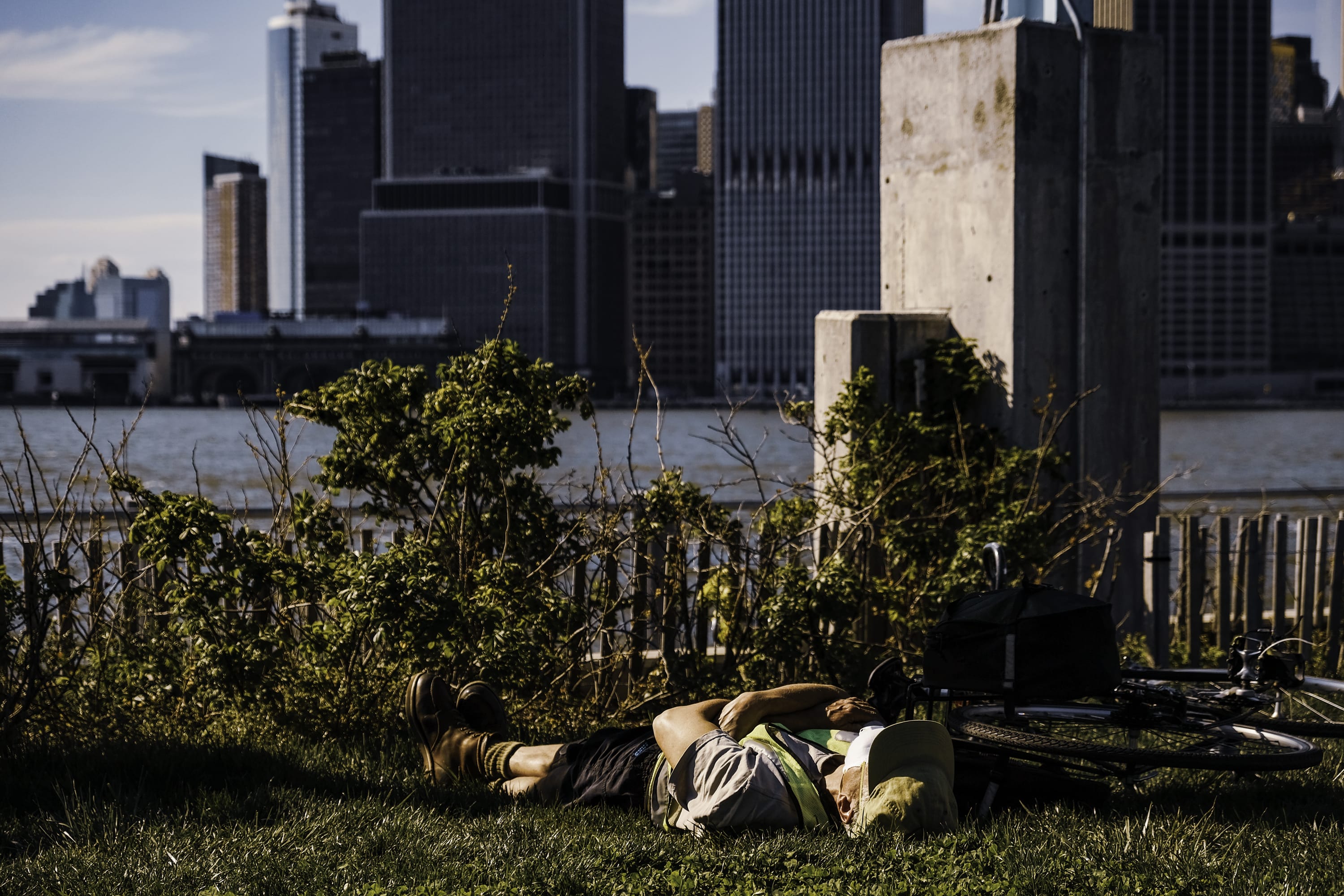
Nap, Brad Johnson

Flowers, Katie Deutsch
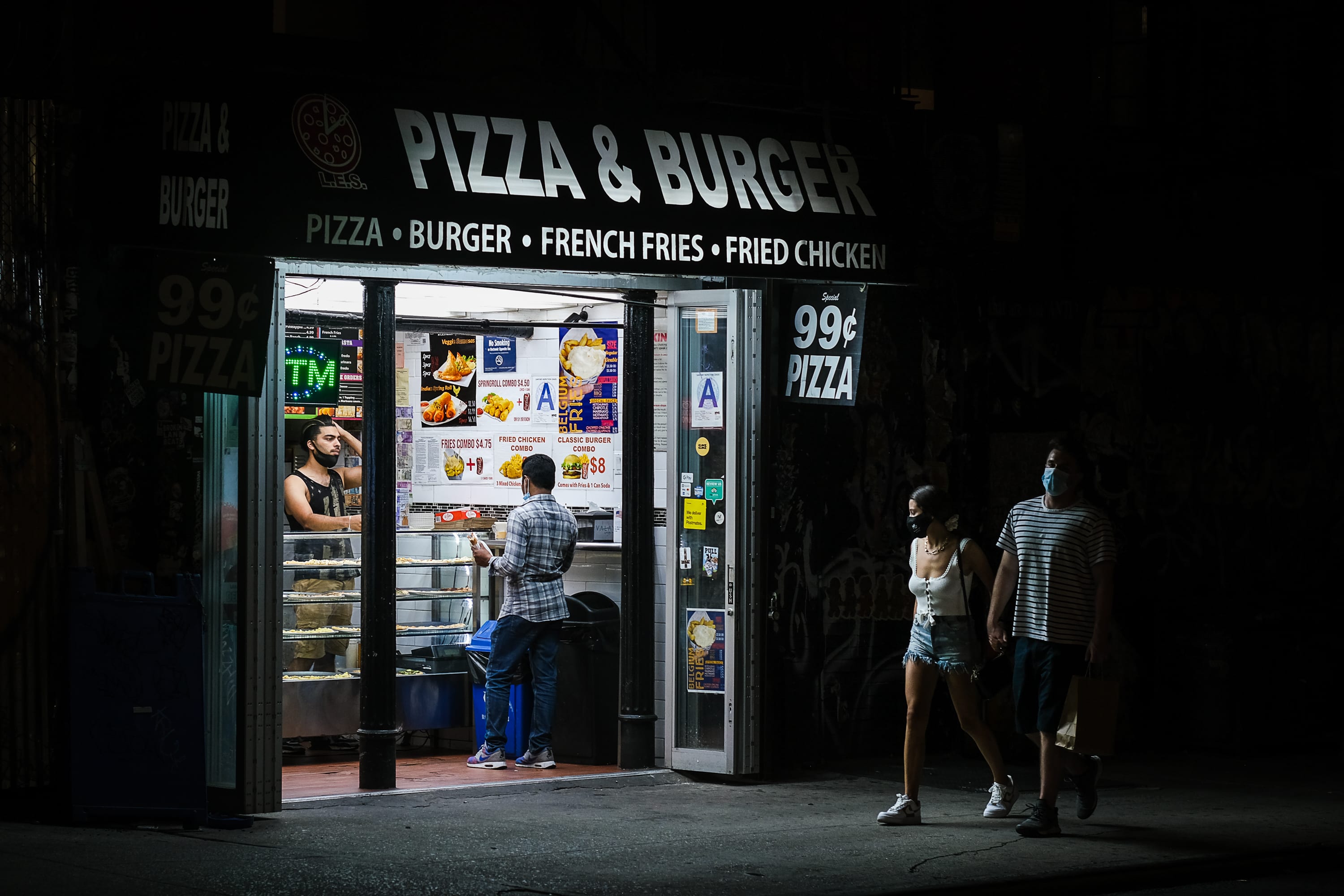
Night Scene, Katie Deutsch

Toscano, Liria Bayarri
Barbara Nitke, Faculty, Designing a Constructed Narrative Photo Shoot
“In my online class, we plan constructed narratives for photo shoots and then execute them with models via Zoom. It’s a lot of fun, and I love that we can accommodate people from all over the world in the class! We make use of available light, and the models use their smartphones or laptops as cameras. My students take screenshots as preliminary sketches of their ideas. The models have even started asking for copies to be used in their portfolios.”
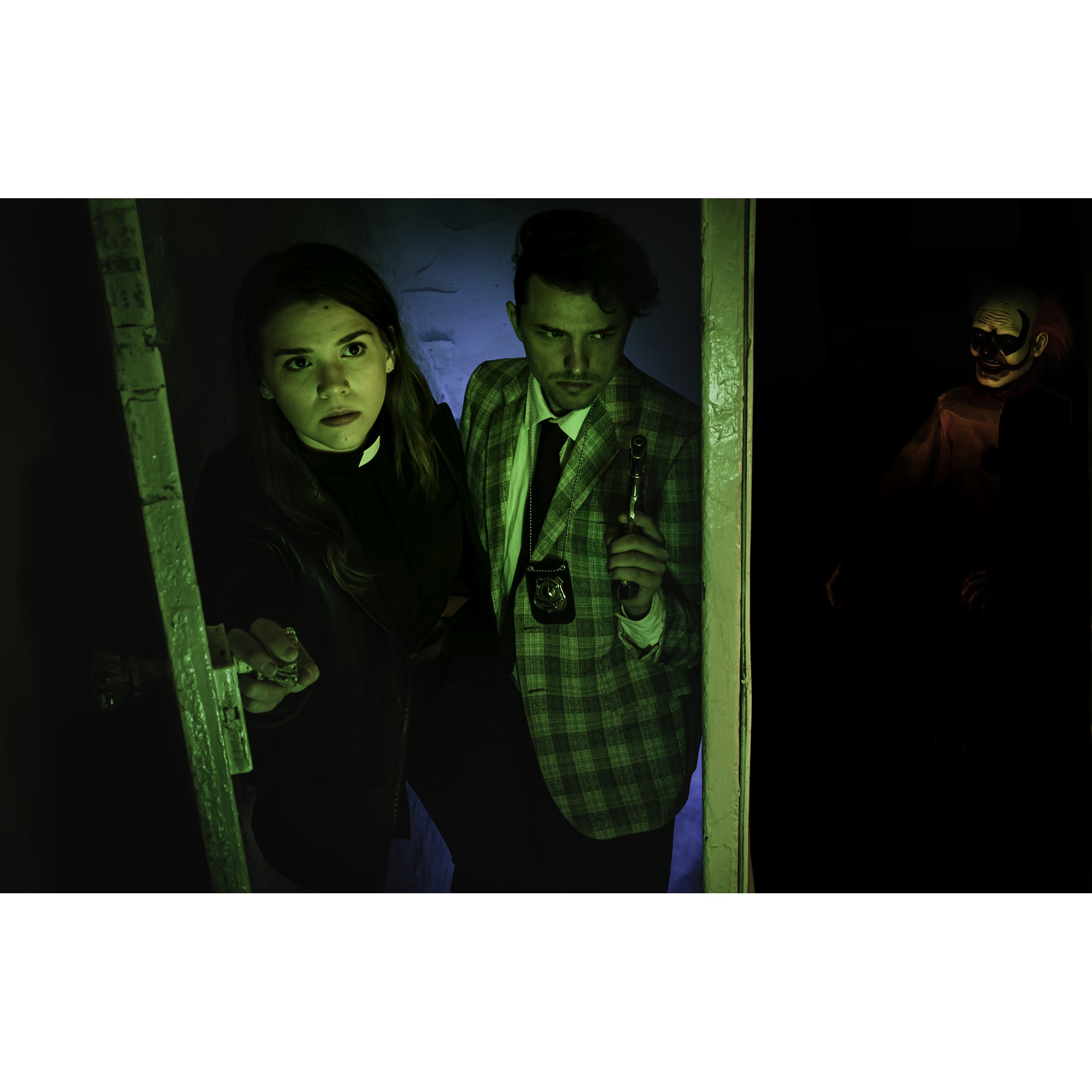
PriestCop: Basement, Ben Smith
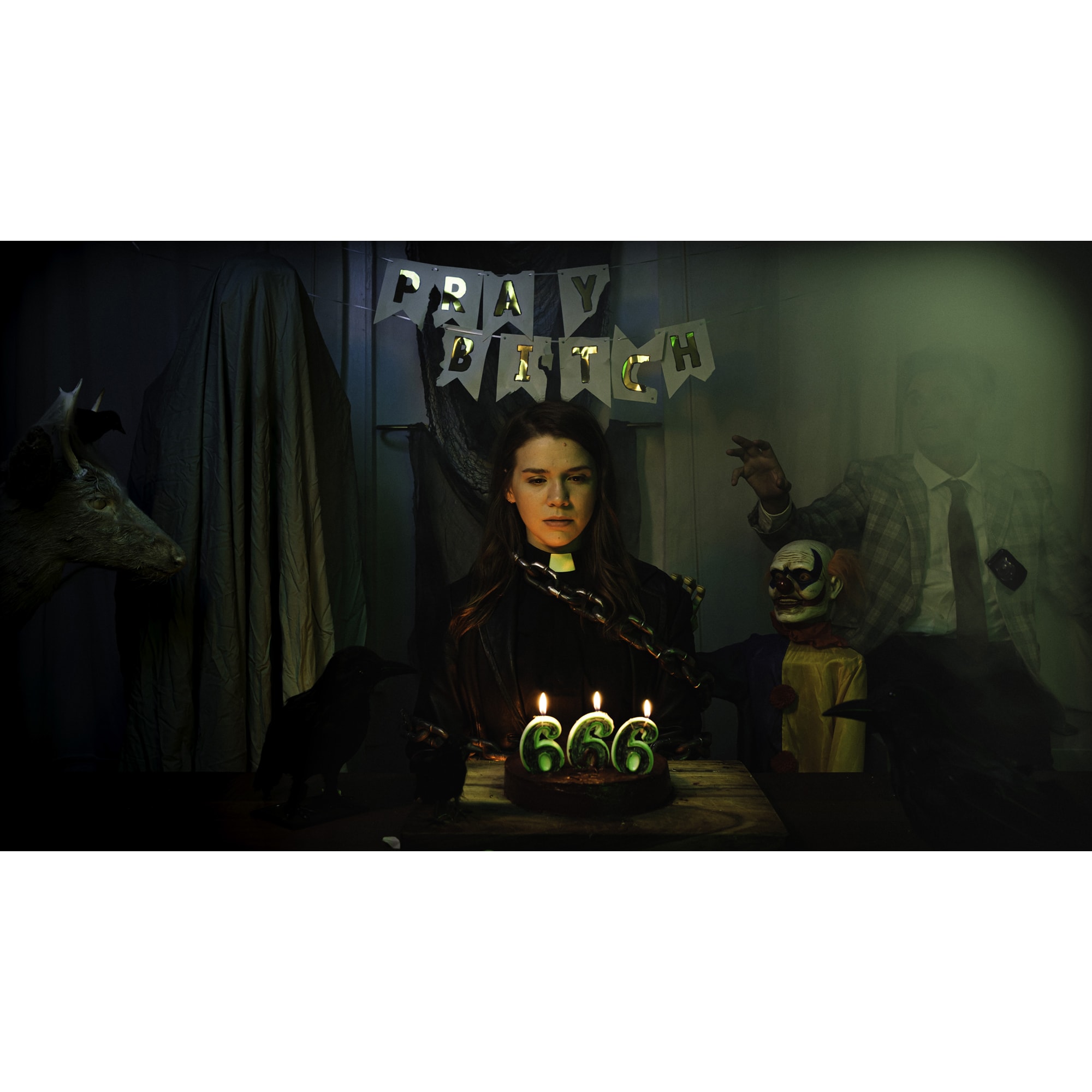
PriestCop: Birthday, Ben Smith
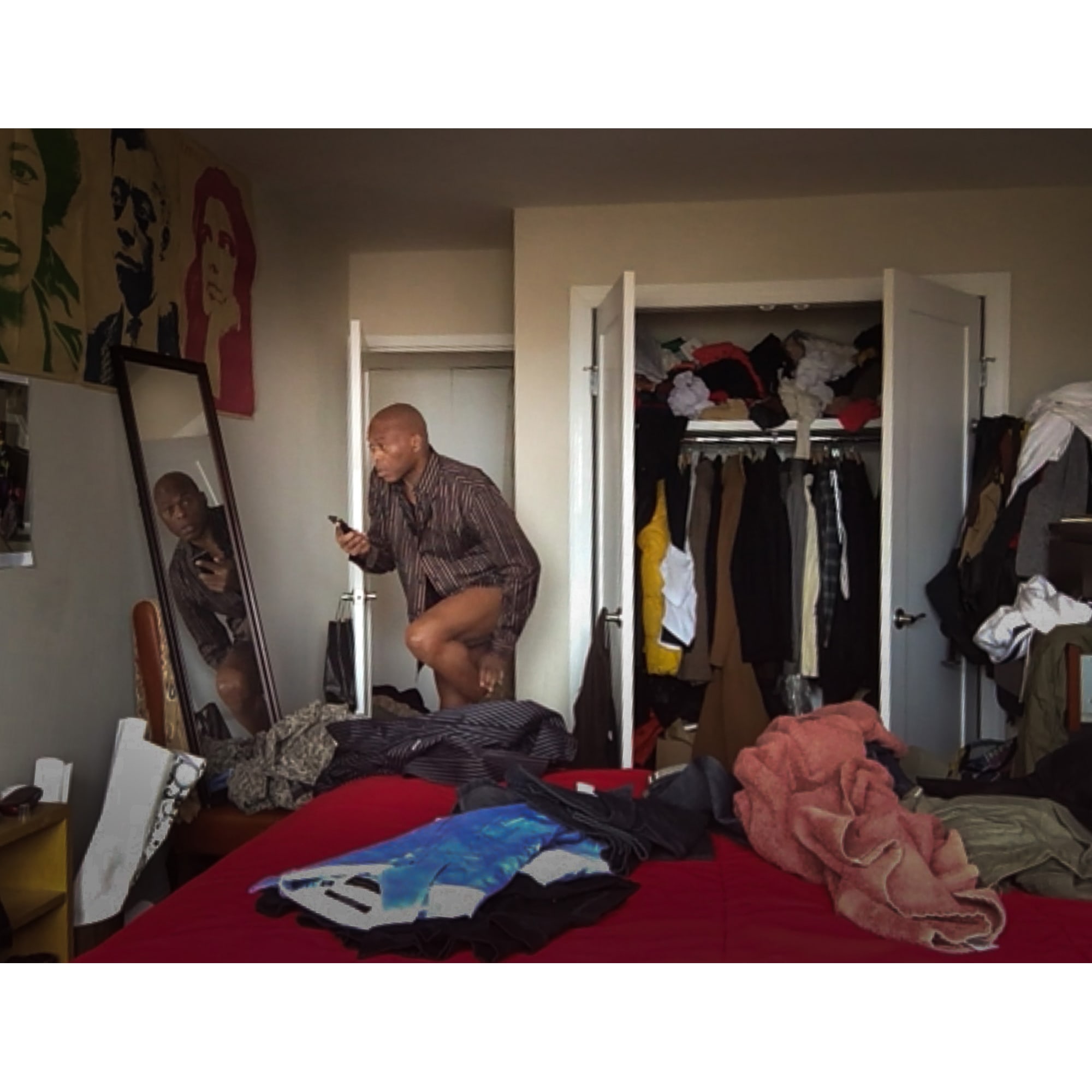
Photo: Nick Shepard
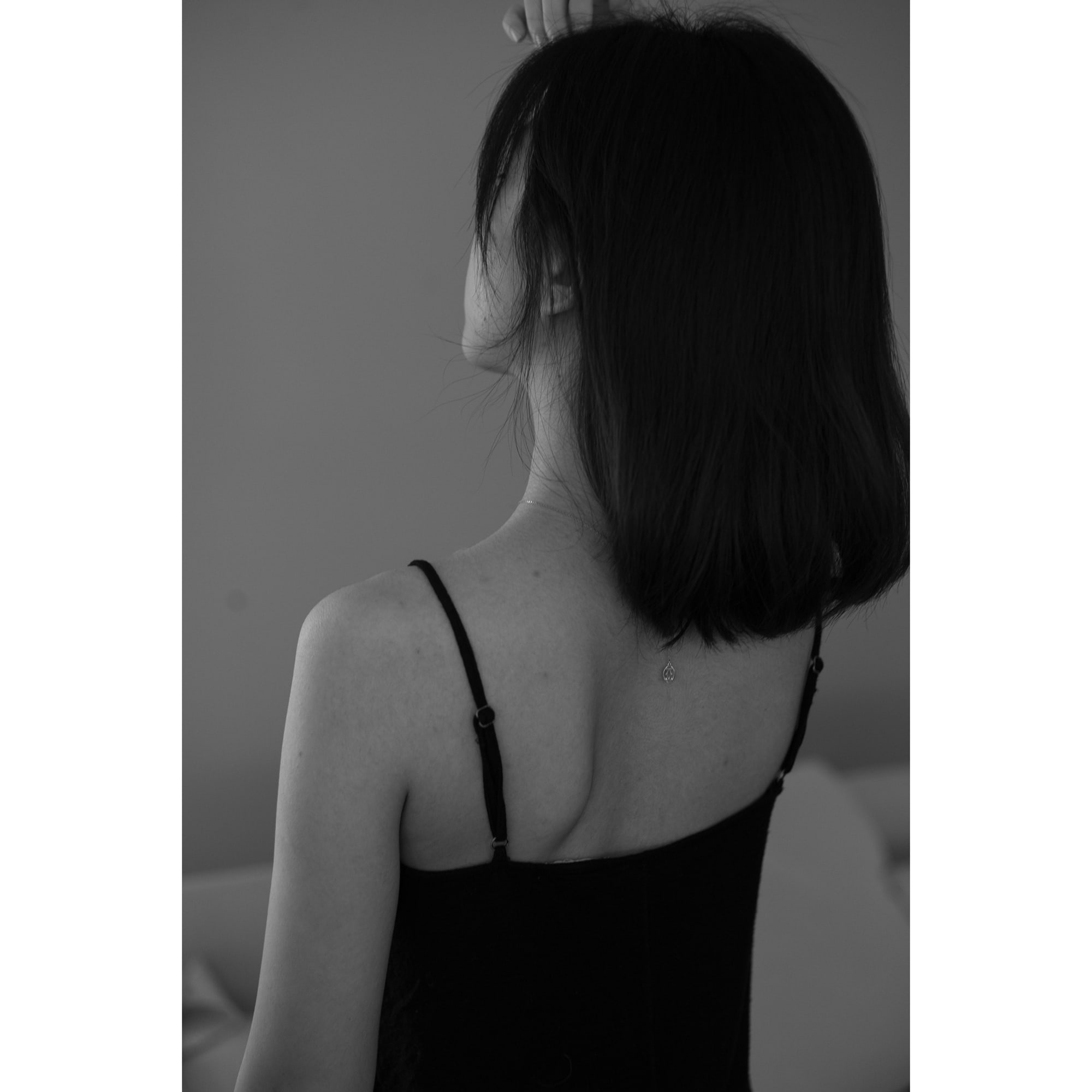
Constructed Moment, Yin Li
Patricia Voulgaris, Faculty, Performing at Home
SVACE: What inspired you to cultivate this course, and how do you see it fitting into the context of current art practices?
PV: COVID-19 has brought us together under a common thread, a desire to create and perform our actions within different stages in our careers. Any place can be a stage for a performance, whether it is performed in a studio or at home. Technology has played an important role in aiding students and their artistic practice. Our desire for connection and creation has only become stronger during this difficult time.
SVACE: Do you see this transition in performative space and documentation shifting the future of “live” performance?
PV: I think that this inevitable shift has influenced the way that we approach performance art. We perform different versions of ourselves on a daily basis, whether it be online, at home, at work, etc. Even now, more than ever, our presence demands attention and validation, especially through the Internet. Our cabin fever has generated a substantial desire to connect and to feel seen by others. Our audience is equally important in our performances. It begs the question: If my performance is not viewed or experienced in person, why am I creating this and who is it for?
SVACE: How do you see accessible technology and social media platforms playing a role in performance art and image making at this time?
PV: It has always played an enormous role in image making and performance. Technology has the ability to influence an artist’s outreach on a larger global scale and is accessible to everyone. We no longer need to leave the comfort of our homes to go outside and experience art; it is in the palm of our hand. This accessibility is somewhat problematic, but it is also convenient for the viewer. The artist is in many ways dependent on social media in order to feel inspired, connected and in some cases fulfilled.
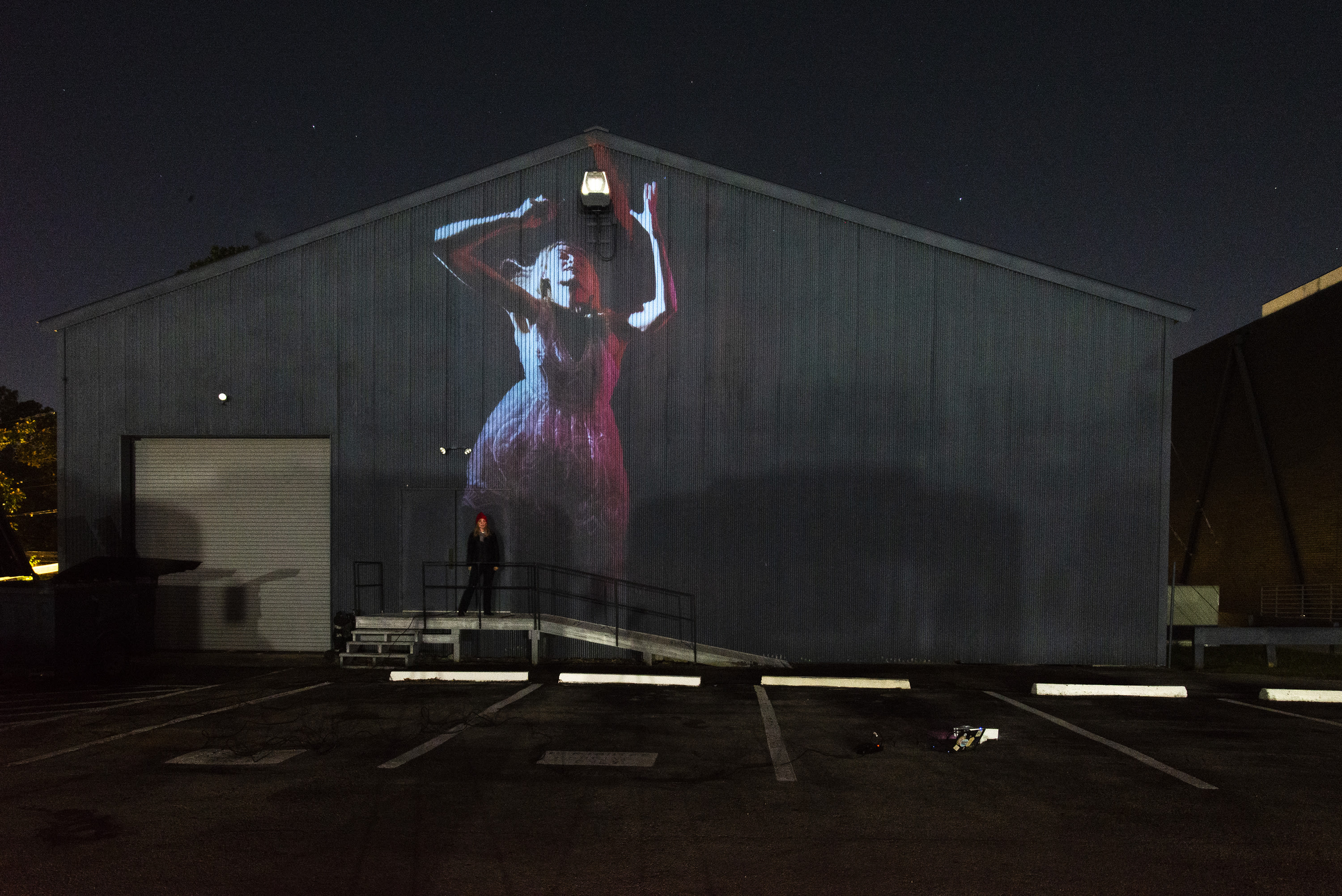
Project photographs from Sleepwalker series projected on exterior siding, Allison Hunter, fall 2020, Houston, Texas.

Project photographs from Sleepwalker series projected on exterior siding, Allison Hunter, fall 2020, Houston, Texas.

